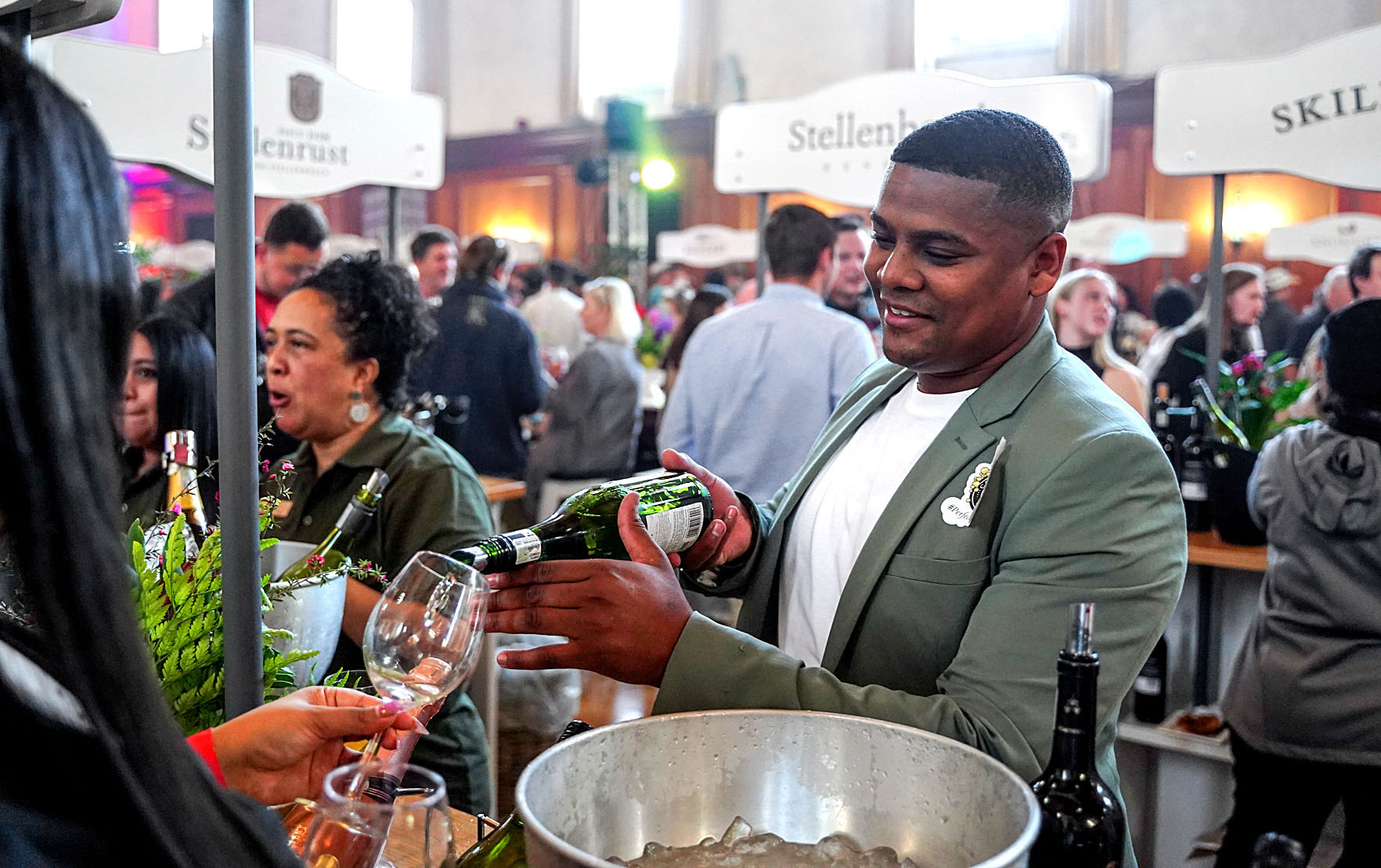Summer tends to look after itself, but how does one stimulate tourism during off-peak months, especially along South Africa’s coastal regions?
In some parts of the country, you may as well lock the doors, batten down and put up a sign saying “gone fishing” because only locals would probably notice that you aren’t trading.
In others, even snootier high-end restaurants clamber for support, luring locals with winter specials because bills have to be paid, tourists are scarce, and most Capetonians simply don’t “do winter” dining.
What if everyone gets behind efforts to attract business that’s sustainable, all year round? Visit Stellenbosch – the municipally mandated Stellenbosch Tourist and Information Centre that ambitiously positions the region as South Africa’s most inspiring wine, food, art and cultural destination — might hold the key.
Visit Stellenbosch is a model of how a strong public-private partnership can bolster tourism resilience, ensuring a steady flow of visitors throughout the year.
It was set up in July 2019 through private sector efforts, driven by dynamic founding chairman Mike Ratcliffe (formerly of Warwick Wines, also the chairman of Stellenbosch Wine Routes, co-owner of Vilafonté Wines and chair of Wine Business Advisors).
Visit Stellenbosch united what couldn’t be done in 47 years of tourism in Stellenbosch.
In setting up the centre, the wine industry took the lead and provided seed capital for an entity that would unify all tourism stakeholders in the region. Last year, it was time to kick the organisation up a notch, which is when they launched their Vision 2030 strategy to consolidate the town’s hospitality sector.
The strategy is built on five goals, starting with regenerative sustainability to promote tourism that not only renews the environment, but uplifts local communities for the long term.
Visit Stellenbosch (VS) CEO Jeanneret Momberg tells me that it’s not about leaving a light footprint: “We actually want to use that footprint to ‘fertilise the soil’ for our town, to make our destination better in so many ways.”
It’s an appropriate metaphor for what they’re envisaging because regenerative tourism is very much about the economy, the people and the planet. This all might sound like marketing buzzwords (in part, it is) but it’s more than that because VS has, for the past five years, led socioeconomic development in the tourism space.
One example is their Stellenbosch Township and Village programme, a social enterprise that serves as an incubator for tourism enterprises, whether it’s a home dining experience, or a walking tour of Kayamandi, or Stellenbosch. Township and Village has its own website, markets, takes bookings and provides the transport.
VS is also in the process of getting the entire industry together to become the first accredited sustainable tourism destination in Africa.
The second goal is to develop high-yield, low-volume tourism. Stellenbosch’s historic town centre is compact and there’s no room for growth, so they are mindful of over-tourism, not driving locals out of town, and reducing environmental infrastructure pressure. That means quality, not quantity of tourists, spending time and money in local establishments. It also might sound snobbish but in a town like Stellenbosch, there’s little room for busloads of tourists who arrive only to snap pictures, eat cheaply, buy nothing and disappear to the next site.
VS is also targeting the meetings, incentives, conferences and exhibitions (MICE) sector, and enhancing coordination among businesses, community members and industry partners, to help transform the town into a world-class, year-round destination.
Its current offering is aimed at enticing visitors to town through the Stay and Play winter programme that corrals restaurants, wine, accommodation and other tourism businesses.
None of this comes cheaply. There’s an old saying in the Winelands: “How do you make a million bucks in the wine business? Start with two million. Which is why such private sector initiatives need local government backing to succeed.
Stellenbosch Municipality provides half of VS’s relatively measly budget, working with VS to address challenges within the industry. And they pride themselves on keeping lines of communication and effective cooperation open.
 Visitors to Canettevallei outside Stellenbosch can pick lavender or taste wines from some unusual vineyards. (Photo: Supplied)
Visitors to Canettevallei outside Stellenbosch can pick lavender or taste wines from some unusual vineyards. (Photo: Supplied)
That’s not the only public structure involved in promoting the town: VS has close relations with Cape Winelands District Municipality, SA Tourism and Stellenbosch University. Capitec and Remgro are also big supporters, but to do what they do, requires innovation.
This year was VS’s first Stay and Play promotion: June, its first, was a “horrible month”, even though occupancy figures exceeded Cape Town’s, Momberg says. But since last month, there’s been a spike in occupancy figures and increased foot traffic to local establishments. Much of that rests on the town’s food offering: with so many award-winning and internationally acclaimed restaurants, visitors are inspired to stay for the weekend and play.
Visit Stellenbosch’s model underscores the importance of tourism as a catalyst for economic growth and community development. It also shows how tourism’s impact can be extended far beyond financial gains, by enhancing the quality of life for all of Stellenbosch’s residents. Not only its wealthy inhabitants. DM




 Visitors to Canettevallei outside Stellenbosch can pick lavender or taste wines from some unusual vineyards. (Photo: Supplied)
Visitors to Canettevallei outside Stellenbosch can pick lavender or taste wines from some unusual vineyards. (Photo: Supplied) 